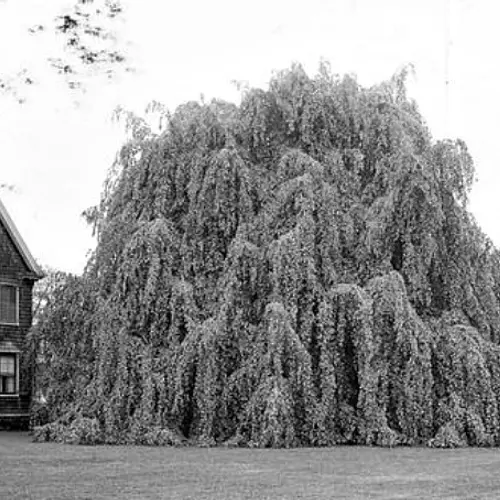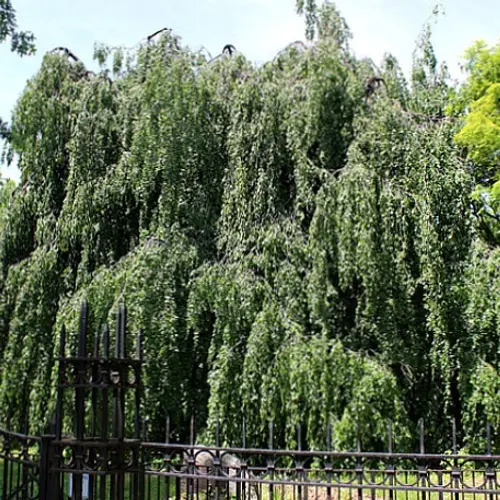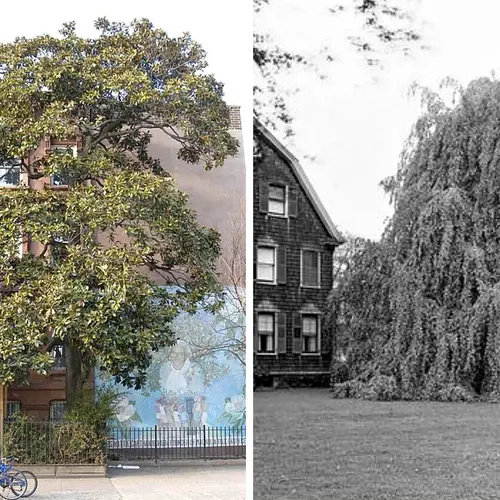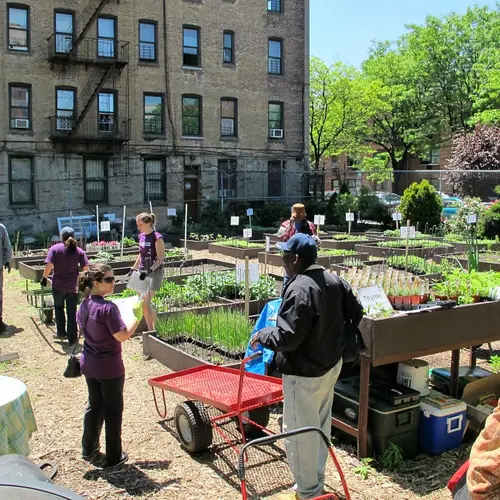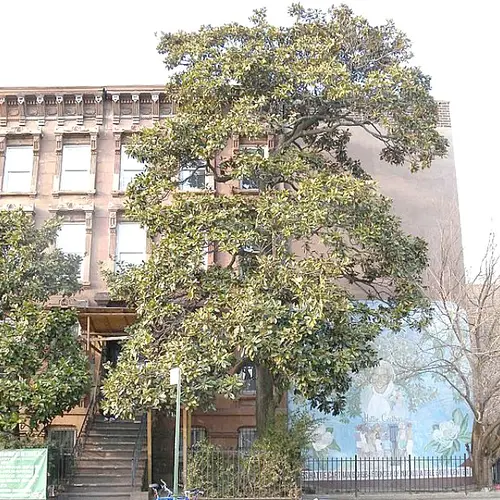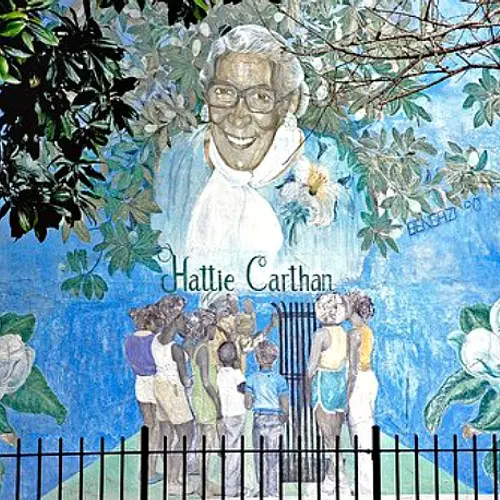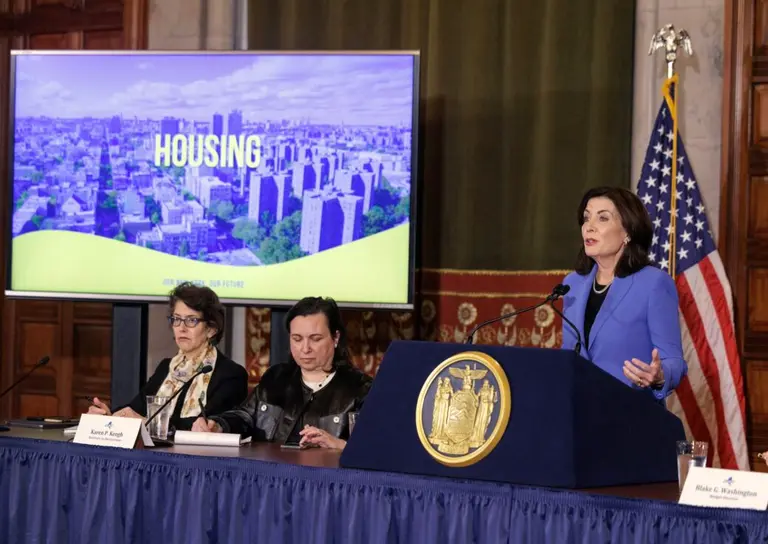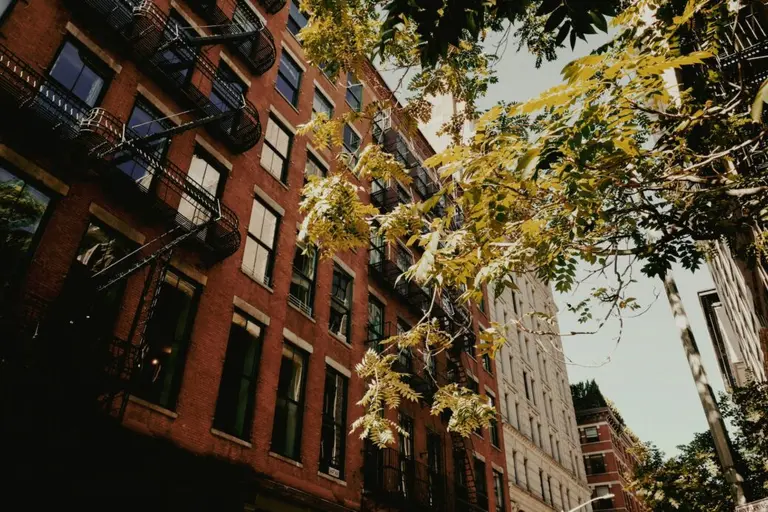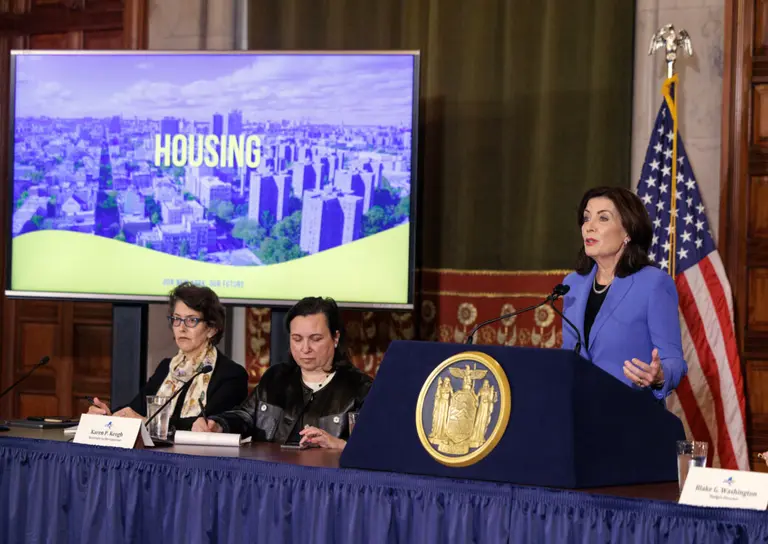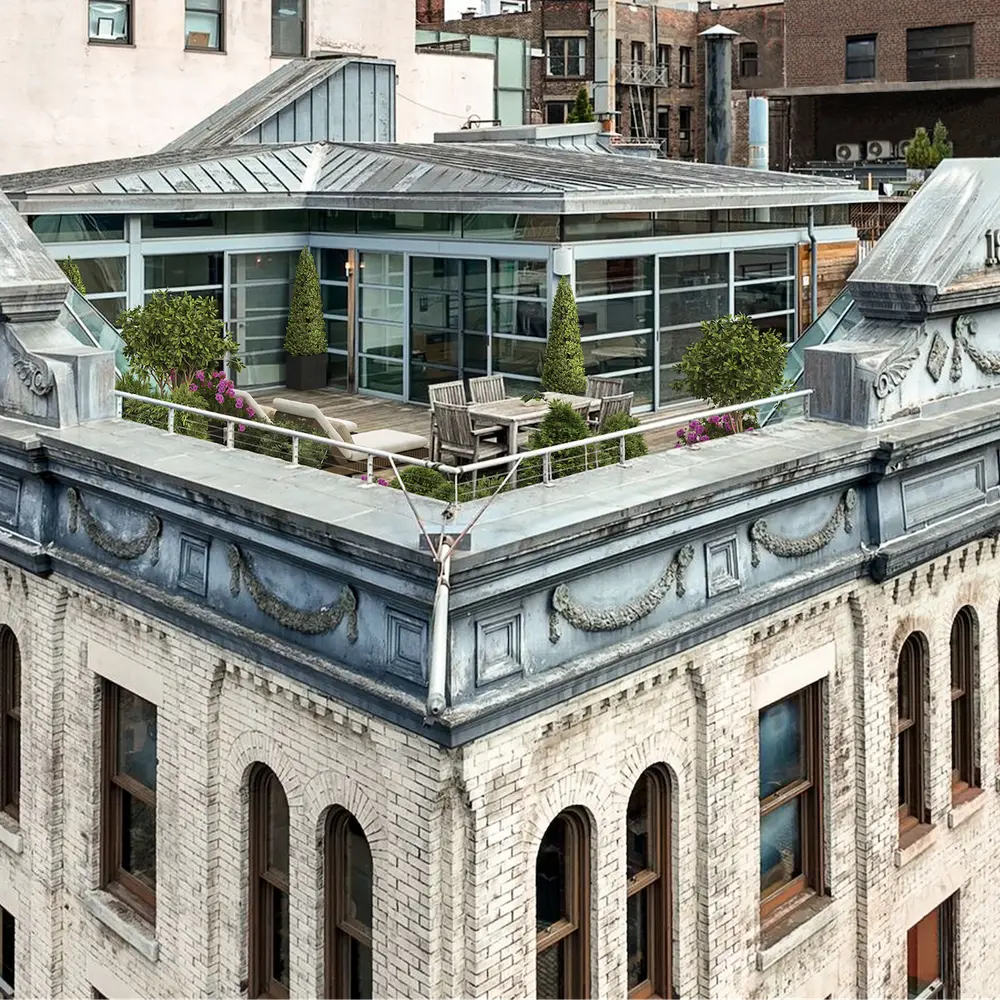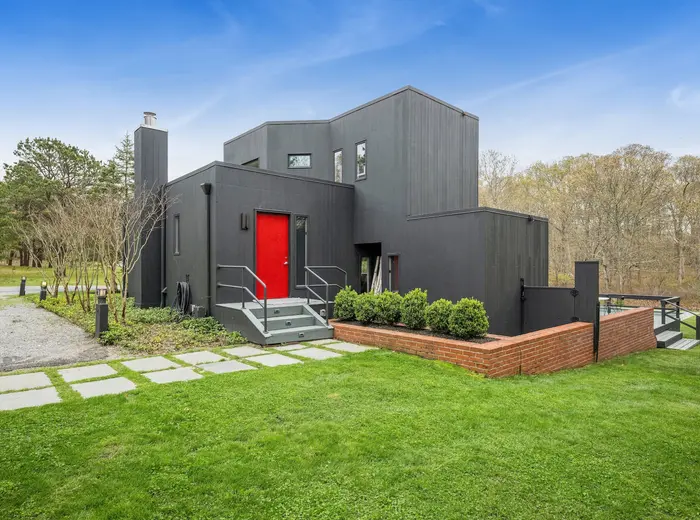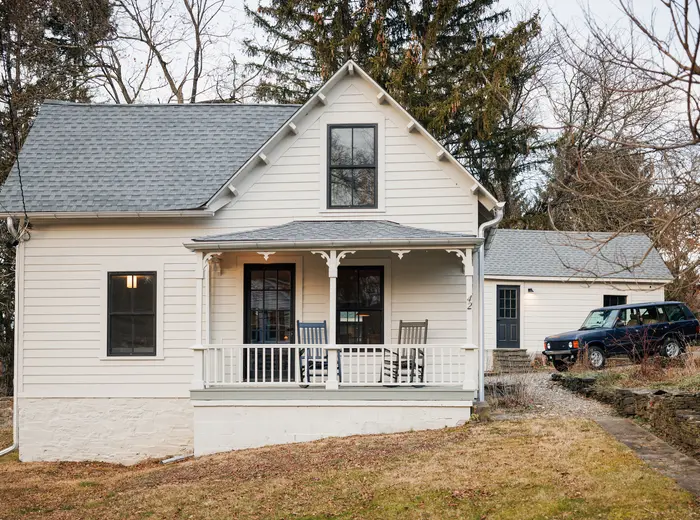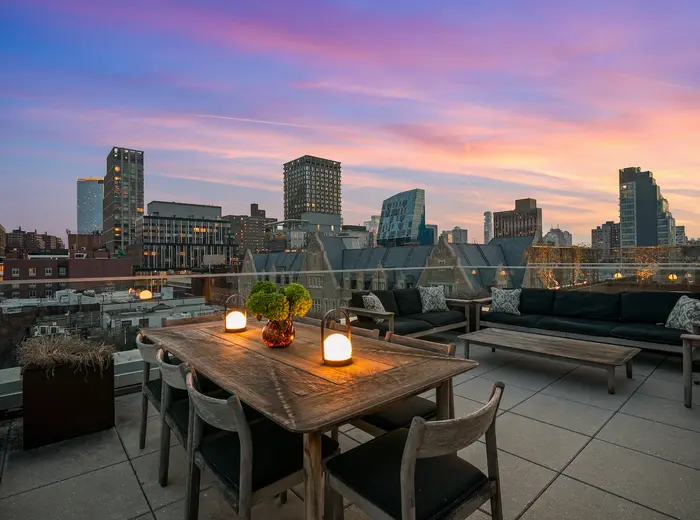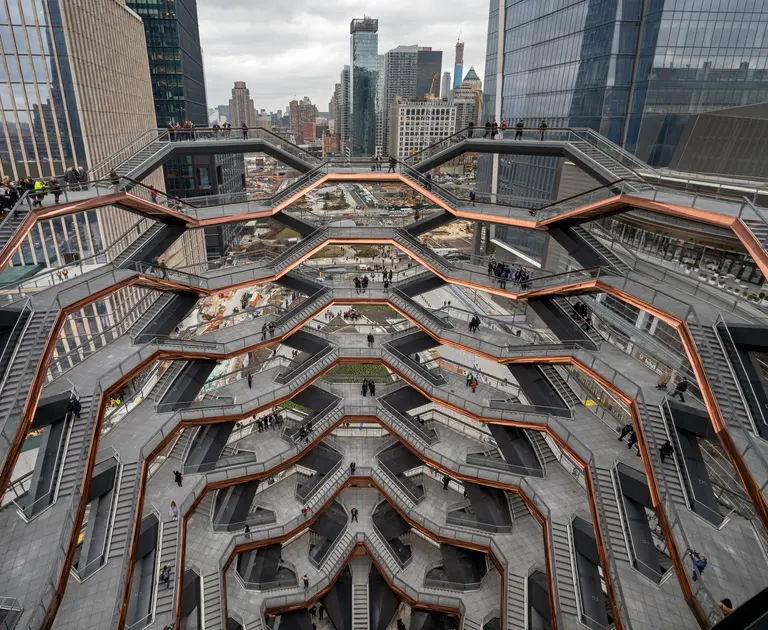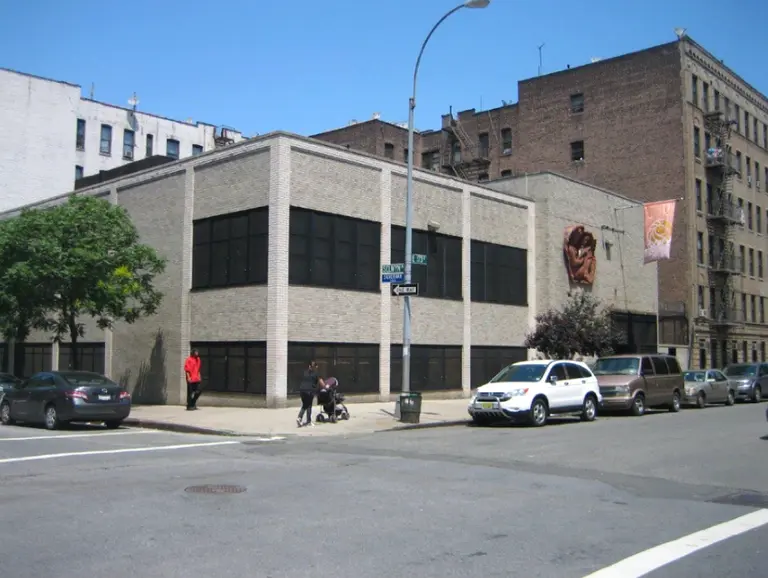The Only Two Living Things in NYC to Have Been Landmarked Are Trees
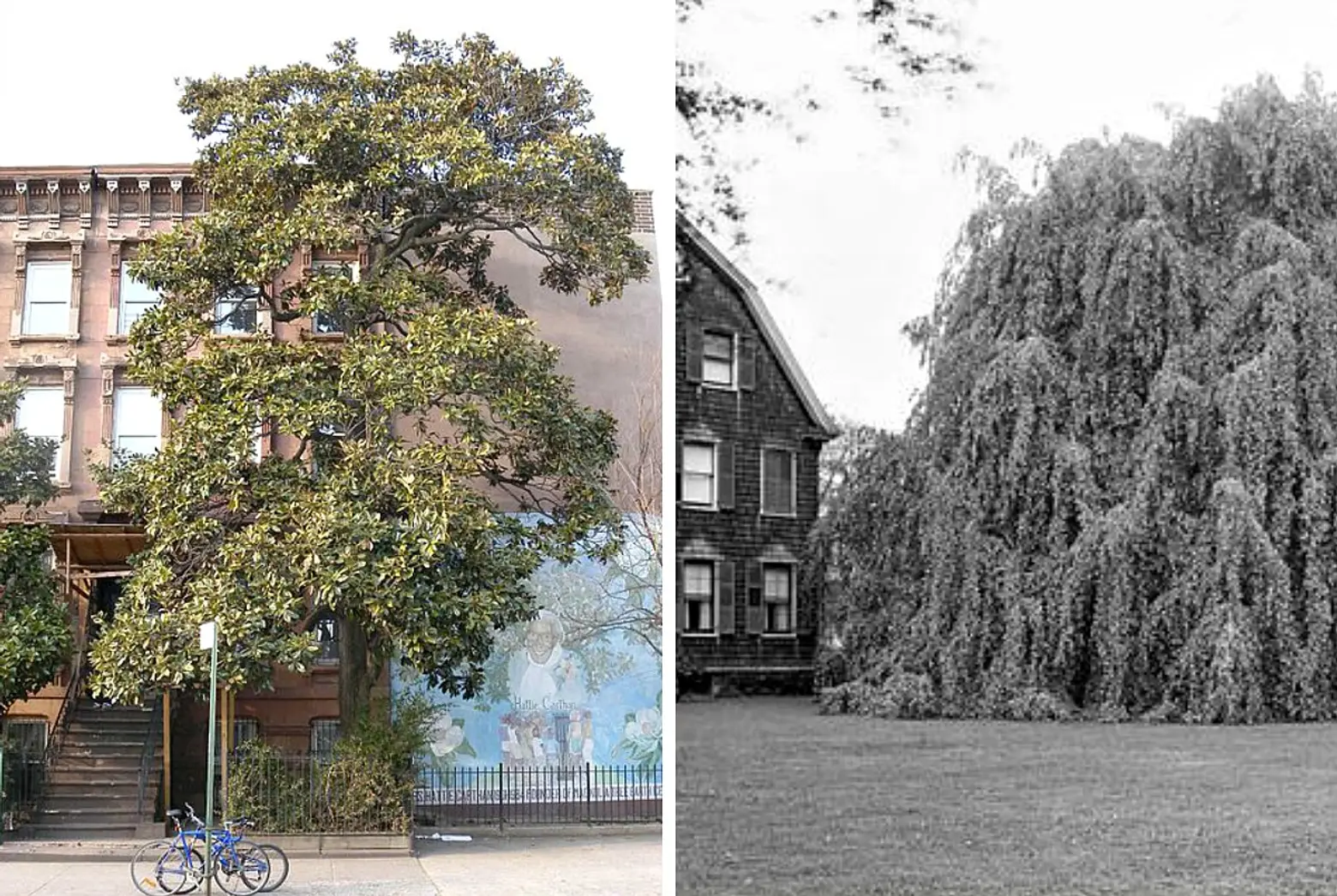
Magnolia Grandiflora via Wiki Commons (L); Weeping Beech Tree via NY State Archives (R)
Last week we looked at the city’s oldest and tallest tree in Alley Pond, Queens, which got us thinking about one of the questions at the Preservation Trivia night we recently attended. What are the only two living things in NYC to have ever been landmarked? We’ll admit, we were stumped. We guessed Peter Stuyvesant’s pear tree and the World Trade Center Survivor Tree, which were both wrong. But they are trees: the Weeping Beech Tree in Flushing, Queens and the Magnolia Grandiflora in Bed Stuy, Brooklyn. And to make it even more exclusive, only the latter still survives; the Beech Tree died and was cut down in 1999.
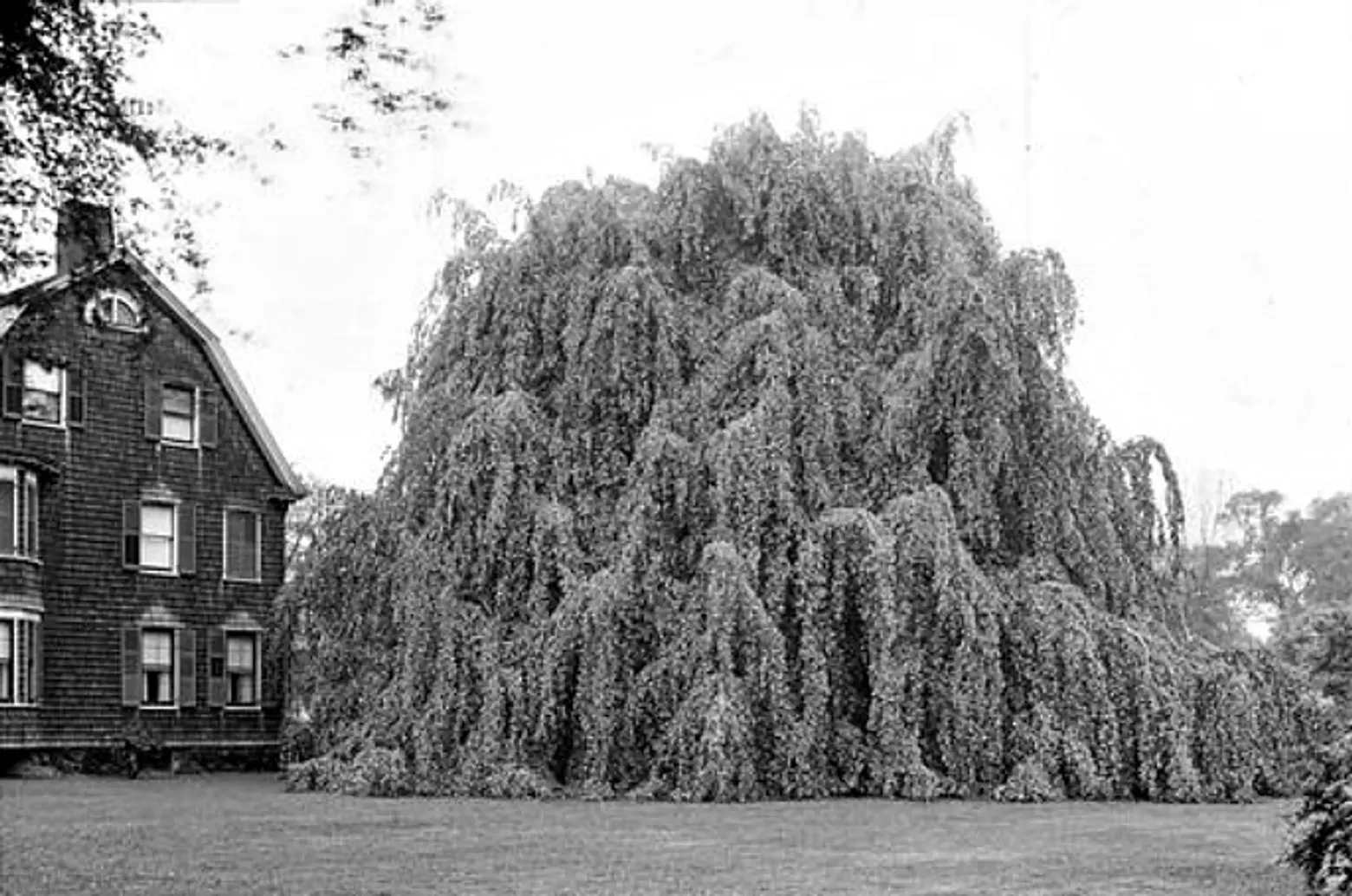
The Weeping Beech tree in 1916, via NY State Archives
The Landmarks Preservation Commission designated the Weeping Beech tree a landmark in 1966. It rooted itself in Flushing in 1847, after being planted as a four-inch seedling by Samuel Bowne Parsons (1819-1907), a prominent horticulturalist who supplied many trees to Central Park and Prospect Park and father of Parks Superintendent Samuel Parsons Jr. He obtained the tree from a nobleman’s estate in Beersal, Belgium and planted it in his prized nursery as the first such tree in North America. Many say that the this tree is responsible for bringing generations of weeping beeches to America. At its height, it reached 60 feet with a “leaf curtain” of 80 feet.
In 1968, an historic home near the tree known as the Kingsland Homestead was threatened by new construction. To preserve it, the house was moved just south of the Weeping Beech in what is today known as Weeping Beech Park at 145-35 37th Avenue (interesting side note–the house was also moved in 1923 due to subway construction). Now it’s also a landmark, house museum, and the headquarters of the Queens Historical Society. As the park was transformed, a protective iron fence was added around the tree, encircled by a concentric walkway and benches to allow visitors to enjoy the view.
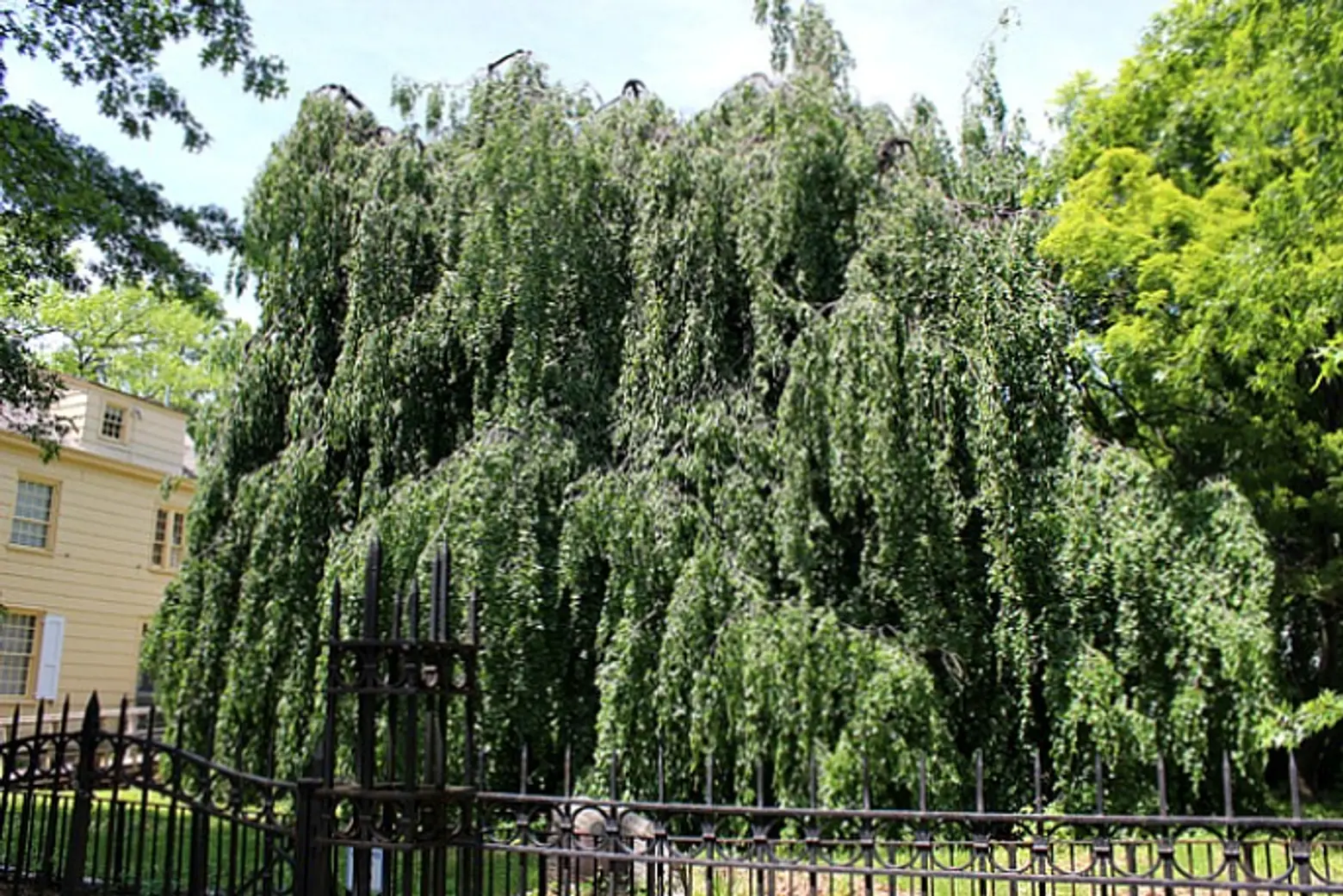
The current weeping beech tree on the site, grown from a cutting of the original, via Matthew X. Kiernan Flickr Commons
As it matured, the tree’s branches touched the ground and re-rooted, creating eight offspring around its large canopy in a process known as “root suckering.” This is important because in 1999, the 151-year-old tree was chopped down to a stump of only eight or nine feet after city arborists confirmed it was dead. The Weeping Beech was so beloved that then-Parks Commissioner Henry Stern held a funeral for it. Its memory lives on, though; a 164-year-old beech tree in Douglaston, for example, is believed to be one of the first generation cuttings of the mother tree.
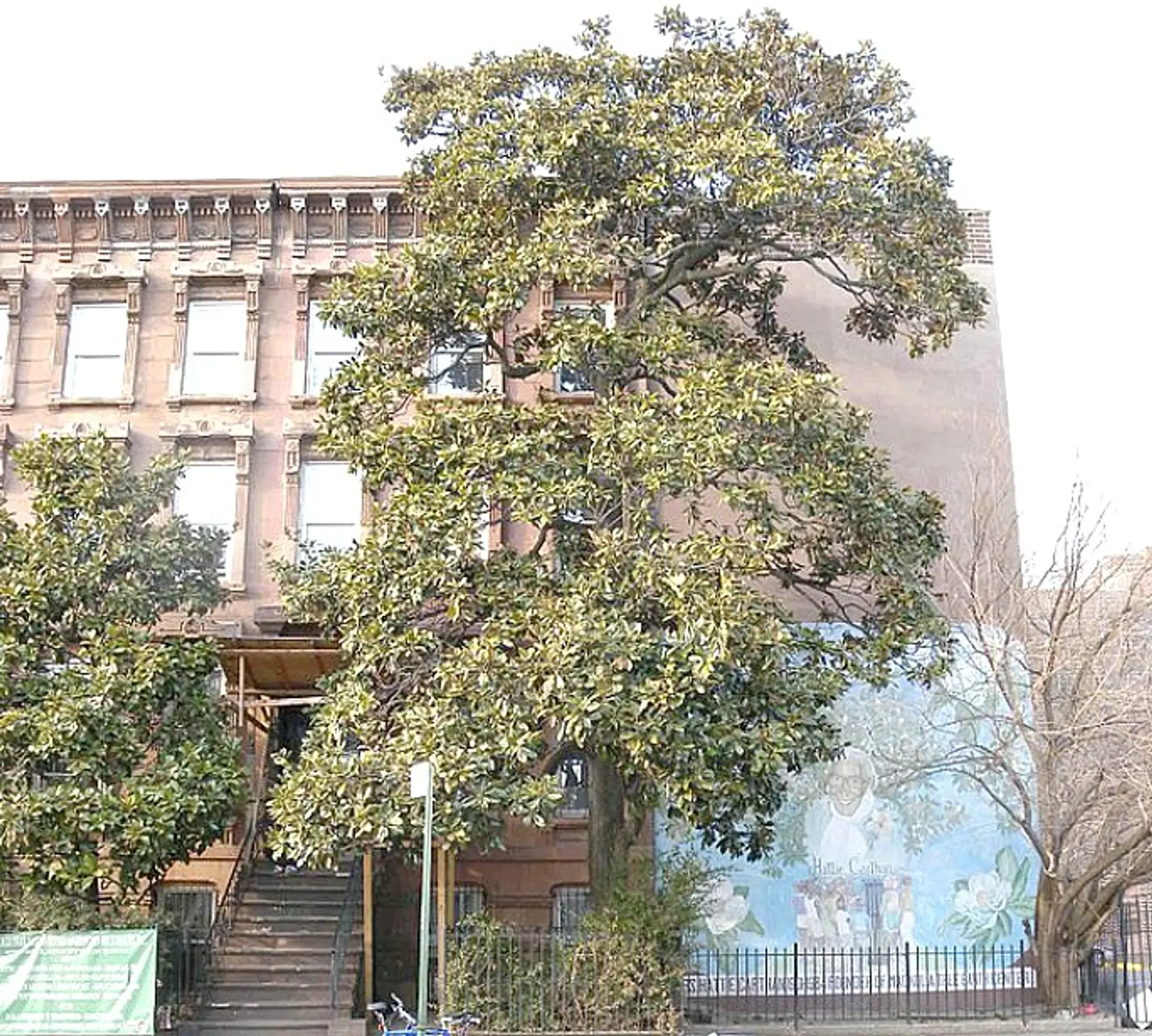
Magnolia Grandiflora via Wiki Commons
The 40-foot Magnolia Grandiflora was designated a landmark in 1970. Interestingly, eight people at the designation hearing opposed it becoming a landmark, but nine were in favor. Grandiflora refers to the tree’s large white, lemon-scented flowers, which are the state flowers of both Louisiana and Mississippi. These trees rarely take root north of Philadelphia, so it’s amazing that one has flourished in Brooklyn since 1885, at which time a man named William Lemken sent the seedling up from North Carolina and planted it in his front yard at 679 Lafayette Avenue in present-day Bed Stuy.
It was one woman who single-handedly advocated for the preservation of the Grandiflora. Hattie Carthan (1901–1984) was a community activist and environmentalist who was passionate about improving life in Bed Stuy. When she noticed conditions declining in her neighborhood, she began replanting trees, thereby helping to found the Bedford-Stuyvesant Neighborhood Tree Corps and the Green Guerillas, a city-wide organization that was the force behind the community garden movement of the 1970s thanks to its now-famous seed bombs. Carthan also started the Tree Corps in 1971 as a resource for young people to learn to care for trees and was the chairwoman of the Bedford-Stuyvesant Beautification Committee, which oversaw the planting of 1,500 new trees in Bed Stuy.
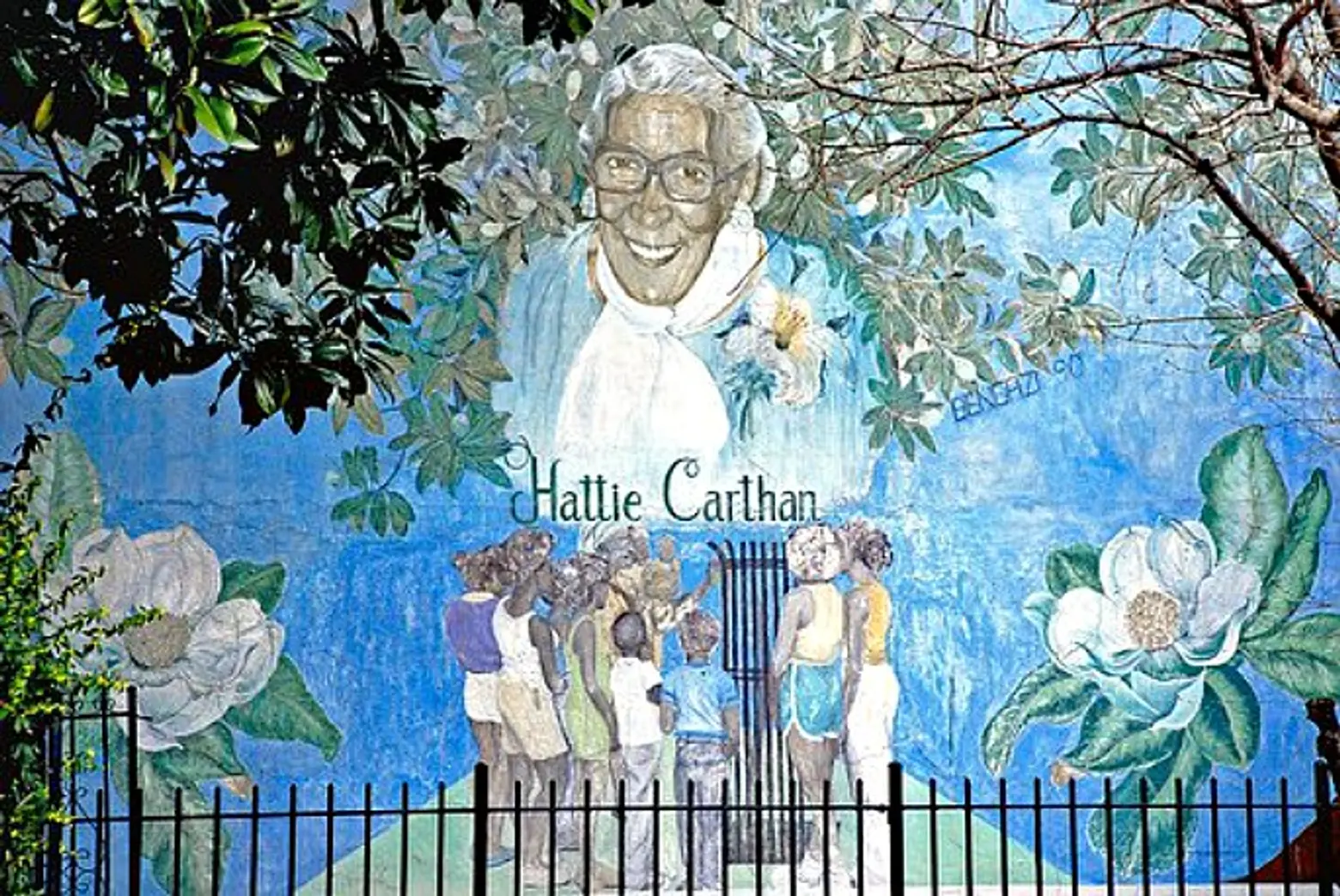
Mural of Hattie Carthan behind the tree, via Bowery Boys
Known affectionately as “the tree lady,” Carthan adopted the magnolia tree as her own around 1953. When buildings behind the tree were set for demolition, she realized that a wall was needed to protect the historic tree, but it would cost $20,000 to build. To raise the money, she teamed up with local school children and the Beautification Committee on a project where kids sold paper magnolia leaves. The program was backed by the mayor’s office and raised $7,000. The Horticultural Society in New York matched the amount, and the wall was erected.
After succeeding in her landmark campaign, Carthan set her sights on three abandoned brownstones behind the tree, lobbying for them to be turned into a community environmental center. The homes are credited with keeping the tree alive for over a century, as they protected it from extreme heat and cold. Once again, her efforts paid off, and in 1990 the Magnolia Tree Earth Center was born, not only preserving the historic houses, but creating a place for local residents of all ages to learn about gardening, conservation, and the natural environment.
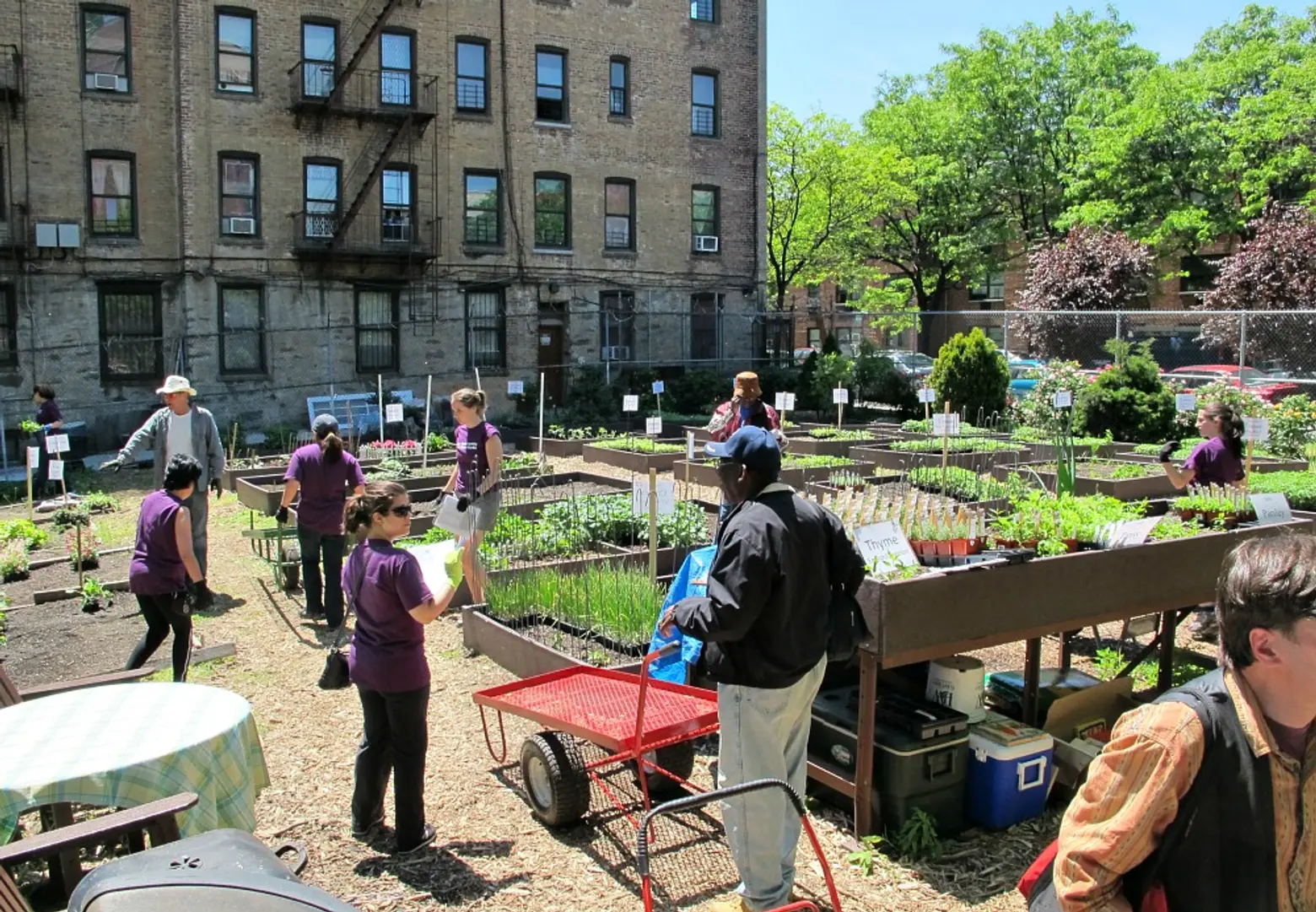
The Hattie Carthan Community Garden via GrowNYC
In 1991, the green space adjacent to the Center was named the Hattie Carthan Community Garden. The garden is also a city landmark and features a mural depicting its namesake. It has a children’s learning garden, mushroom patches, chicken coops, composting systems, 45 individual plots, a large herb garden, many flower beds, and various fruit trees. A second, smaller magnolia tree was planted next to the Grandiflora by the Delta Sigma Theta sorority and Congresswoman Shirley Chisholm in case anything ever happens to the landmarked tree.
In the designation report, the Landmarks Commission said of the tree:
…among its important qualities, the Magnolia Grandiflora is a natural phenomenon which by rare good fortune has prospered and grown to great size in the heart of the City, and far from its usual habitat, that it is situated for all to see and that, when provided with the protective devices specified herein, it gives every reasonable promise of surviving as a joy to nature lovers for years to come.
The tree blooms in June, so be sure to take a walk by to see it in all of its glory.
RELATED:
- NYC’s Oldest and Tallest Tree Grows in Alley Pond Park, Queens
- Architectural Saviors: NYC Landmarks Saved From Destruction
- Crimes Against Architecture: Treasured NYC Landmarks That Have Been Purposely Destroyed or Damaged
- Historic Districts and Landmarking: What They Mean (and How They Could Affect You)
